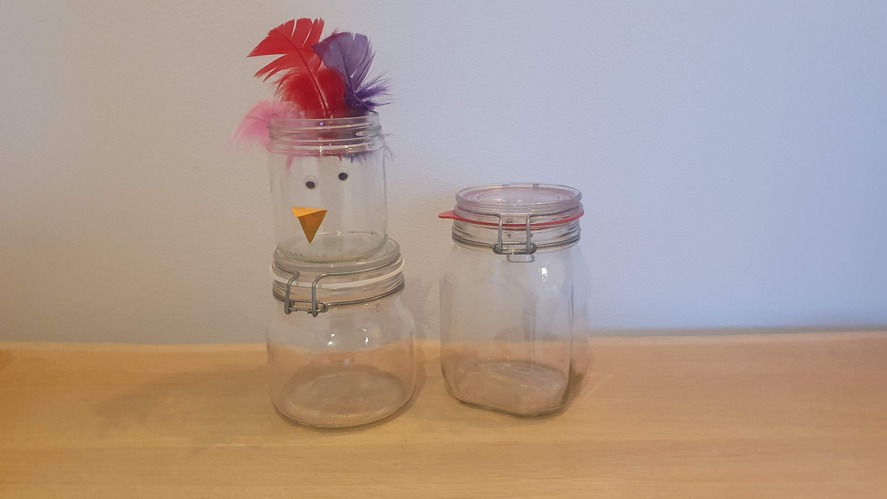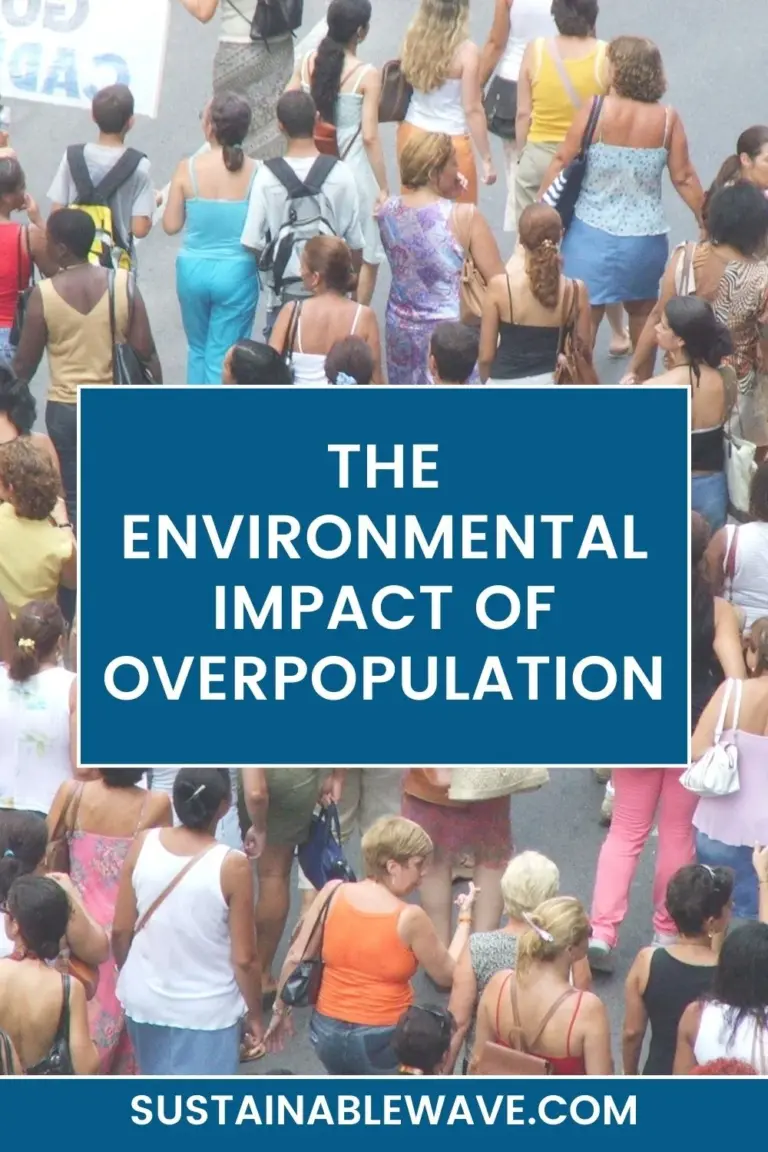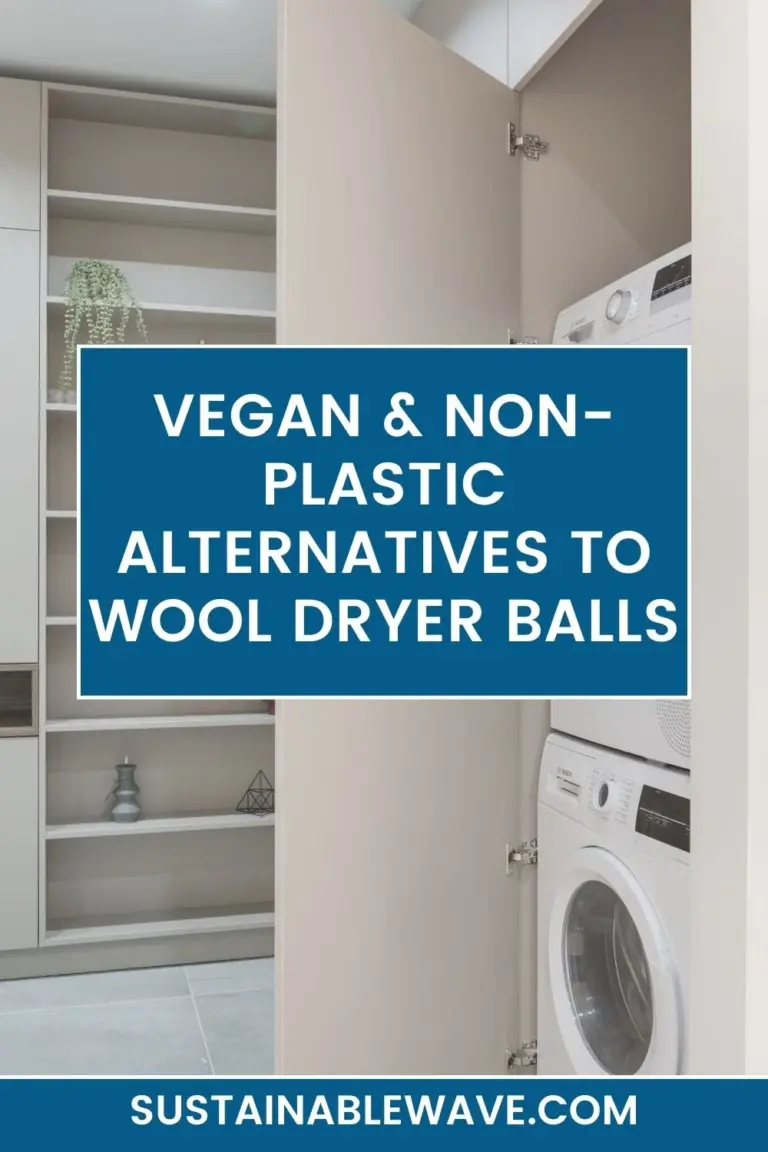Today, we’re unraveling the secrets of how to reduce waste with prepped baby food, to make this journey not just nutritious and delightful for our little ones but also wonderfully sustainable for our planet.
To reduce waste with prepped baby food, use existing kitchen tools for pureeing, store in reusable containers like silicone trays or glass jars, prepare small portions to minimize leftovers, and creatively repurpose any uneaten food. Embrace sustainable practices and simplicity.
From kitchen hacks that save time and money to eco-friendly tips that embrace the joy of parenting, we’ve gathered insights from real-life experiences and expert advice.
How to Reduce Waste With Prepped Baby Food

Whether you’re a seasoned pro or just starting out, join us as we explore how to make baby food prep a loving and earth-friendly adventure. Let’s get started!
No Need for Special Equipment
Trust me, you don’t need to break the bank with fancy baby food makers. Your kitchen is already equipped with everything you need. I’ve been there, pureeing sweet potatoes and peas using the same blender I whip up my smoothies with. It’s not just about saving money, but also about simplicity and reducing clutter.
Whether it’s a regular blender, a food processor, or even a good old potato masher, these tools are perfectly capable of creating smooth, baby-friendly purees. It’s all about being resourceful and using what you already have.
Container Choices for Daycare
Picking the right containers for daycare can be a bit of a puzzle, but I found a few options that work really well.
Glass jars, like those small mason jars, are fantastic for storing and transporting baby food. They’re sturdy, easy to clean, and you can even freeze food in them. However, if your daycare prefers plastic to avoid breakages, there are plenty of BPA-free options (Amazon link) that are just as good.
I’ve also seen some parents use reusable pouches, which are great for on-the-go feeding. Whichever option you choose, make sure it’s something that fits easily into your routine and meets daycare guidelines.
Reducing Food Waste
This is a big one for me. When feeding babies, it’s so easy to end up with wasted food. What I’ve found helpful is preparing smaller portions. This way, if your little one isn’t a fan of a certain meal, you’re not throwing out a lot. And, if there’s food left over, don’t be afraid to get creative.
I’ve turned uneaten fruit purees into delicious smoothies for myself, and veggie leftovers often find their way into my soups. It’s all about being mindful and thinking of ways to repurpose that food, rather than just tossing it out.
Use of Existing Silicone Trays
When it comes to freezing baby food, those silicone ice cube trays in your freezer are perfect.
I’ve used them countless times to freeze pureed veggies and fruits. They’re just the right size for portioning, and popping out a cube or two is a breeze. Plus, it’s a great way to avoid purchasing special baby food trays, reducing waste and saving cupboard space.
And let’s not forget, they’re super versatile – once your baby outgrows purees, they’re great for freezing herbs, stock, or even making regular ice cubes!

Sustainability Practices
Embracing sustainability in our baby food journey can be incredibly fulfilling. A practice close to my heart is sharing food scraps with local farmers or community gardens. It’s amazing to see how what’s leftover from our baby’s meals can contribute to a cycle of growth and sustainability.
Plus, involving our little ones in these practices as they grow teaches them valuable lessons about caring for our planet. It’s about creating a better world for our children, starting with the very food they eat.
Practical Tips on Use and Care of Items
When it comes to using and caring for baby food prep items, a few practical tips can make life so much easier.
For instance, using unscented dish soap for cleaning silicone items is a game changer. It prevents the transfer of soap taste to food, something I learned the hard way! And let’s talk about freezing – remember that items like glass jars can go directly from the freezer to the fridge for thawing.
Simple, effective practices like these not only save time but also ensure the longevity and safety of our baby food containers.
My Real-life Experiences
Sharing real-life experiences with baby food prep has been both enlightening and comforting.
I remember being swayed by the allure of specialized baby food gadgets, only to realize that my regular kitchen tools were more than sufficient. This revelation saved me not just money, but also the stress of dealing with unnecessary equipment.
As our daughter grew and started refusing purees, the shift to more textured foods was smooth, thanks to the versatility of the tools and techniques I was already using. It’s these real, everyday experiences that truly guide and shape our journey in feeding our little ones.

I’m Thomas, the owner of SustainableWave. Passionately promoting a sustainable planet. With experience in various eco-roles, I’ll share green tips, sustainability hacks, and personal eco-journeys on my blog.






